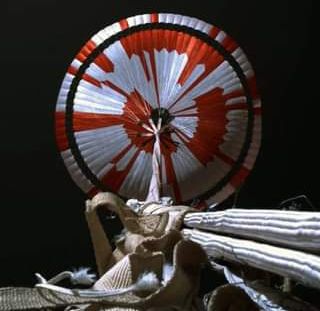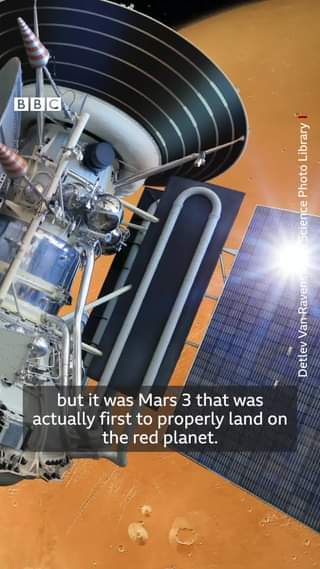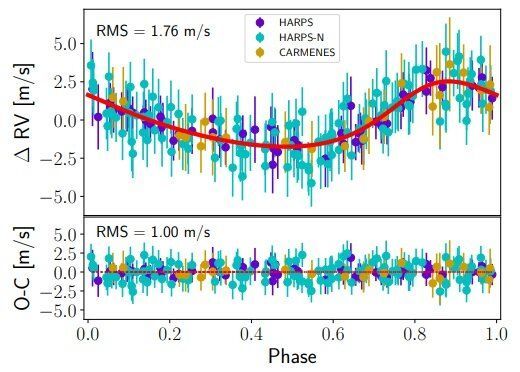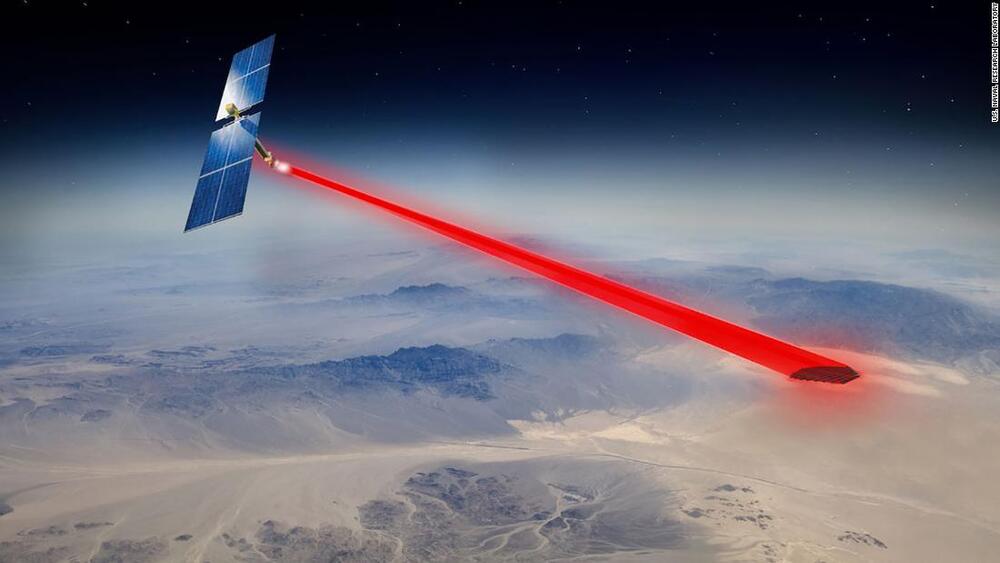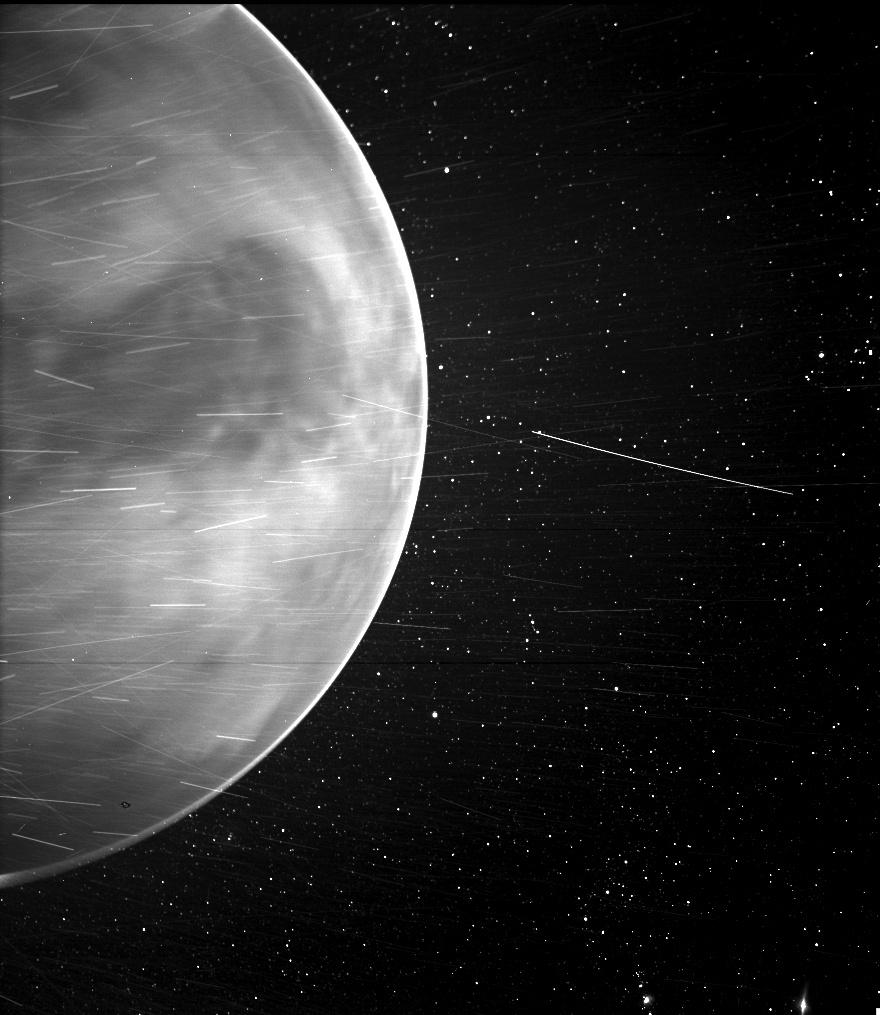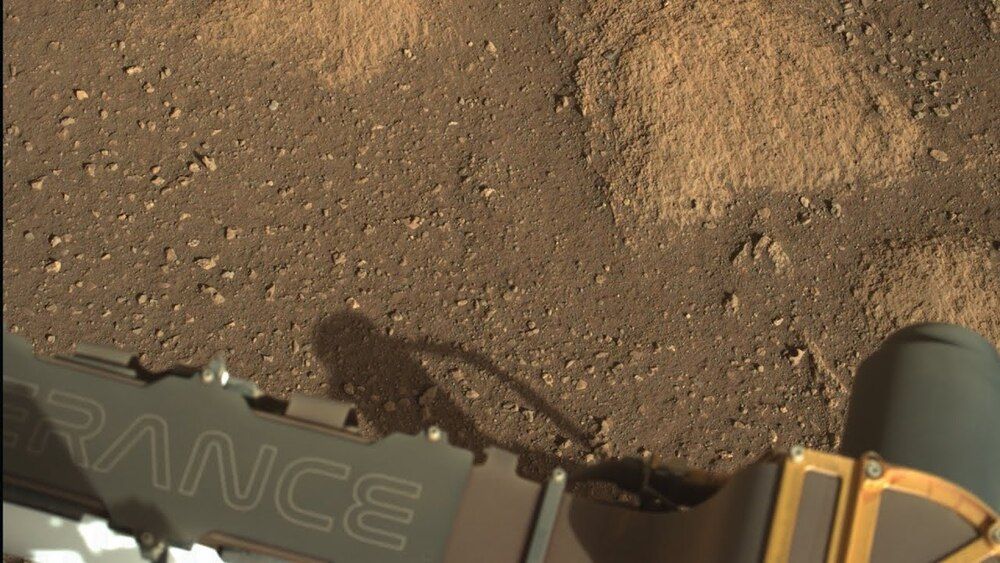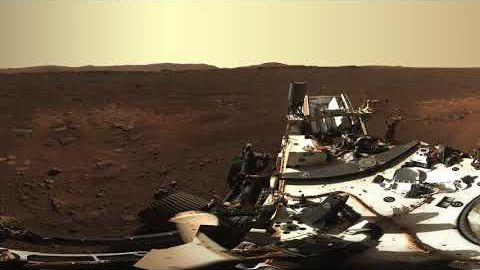Great new episode with the details on how NASA JPL’s successful Mars rover program kept the Perseverance rover on track. JPL chief engineer Rob Manning gives us an inside look at the strategies NASA used to make sure the latest rover made a spectacular landing.
NASA’s Rob Manning, JPL’s Chief Engineer, discusses management, logistics, innovation and the future of robotic Mars exploration in this unique episode. With this week’s successful landing of the Perseverance rover on an ancient river delta, NASA ups its game at a time when the rest of the country badly needs some encouraging news. Manning talks about how JPL keeps itself on track when finessing complicated billion-dollar initiatives.

